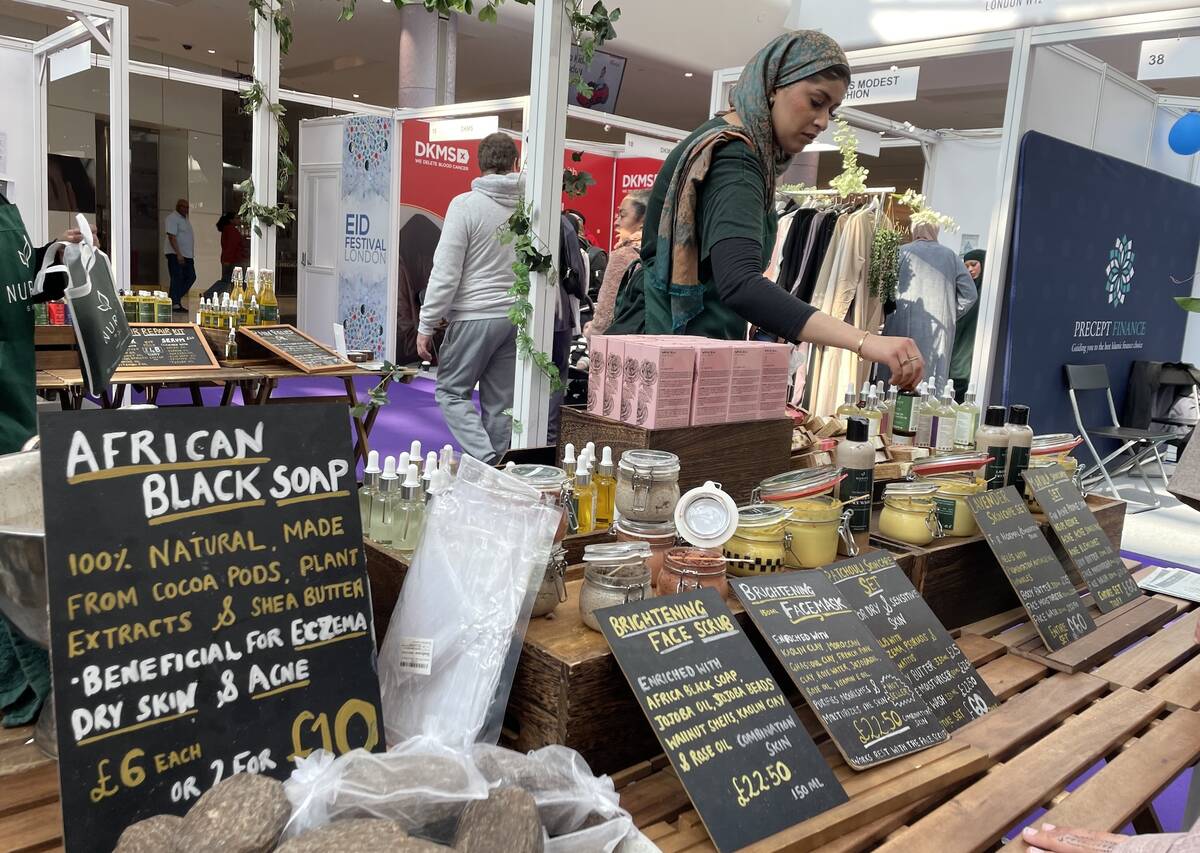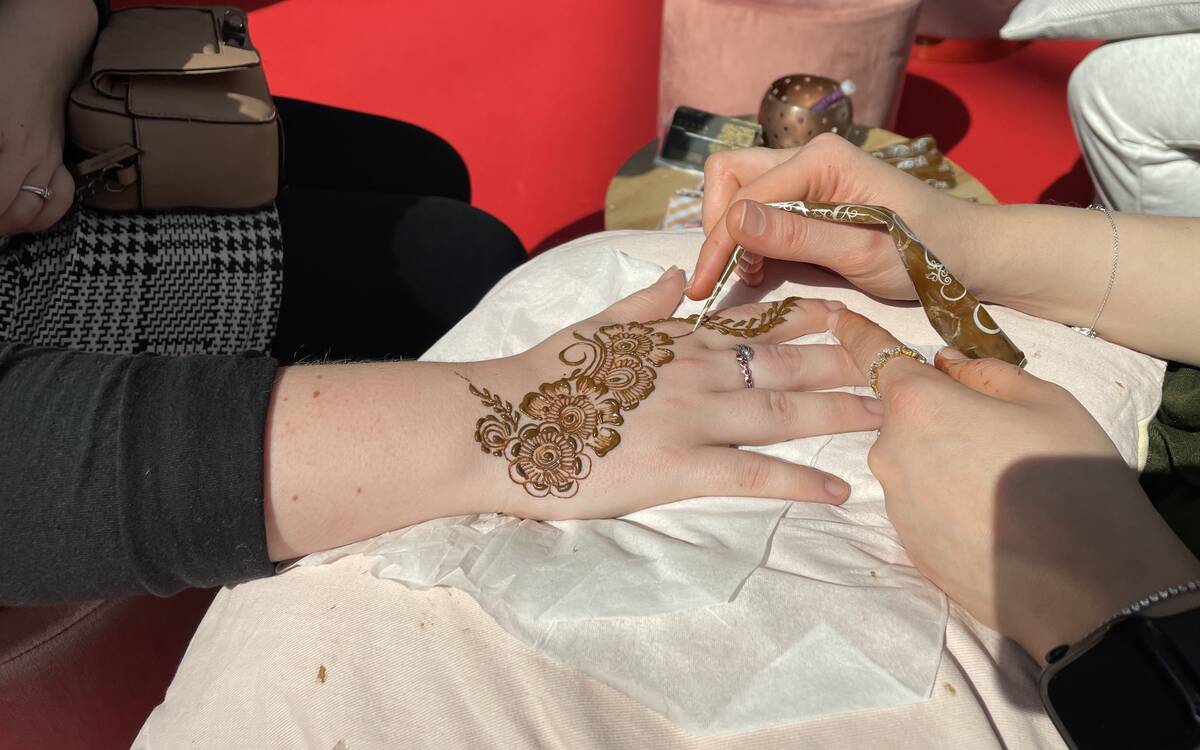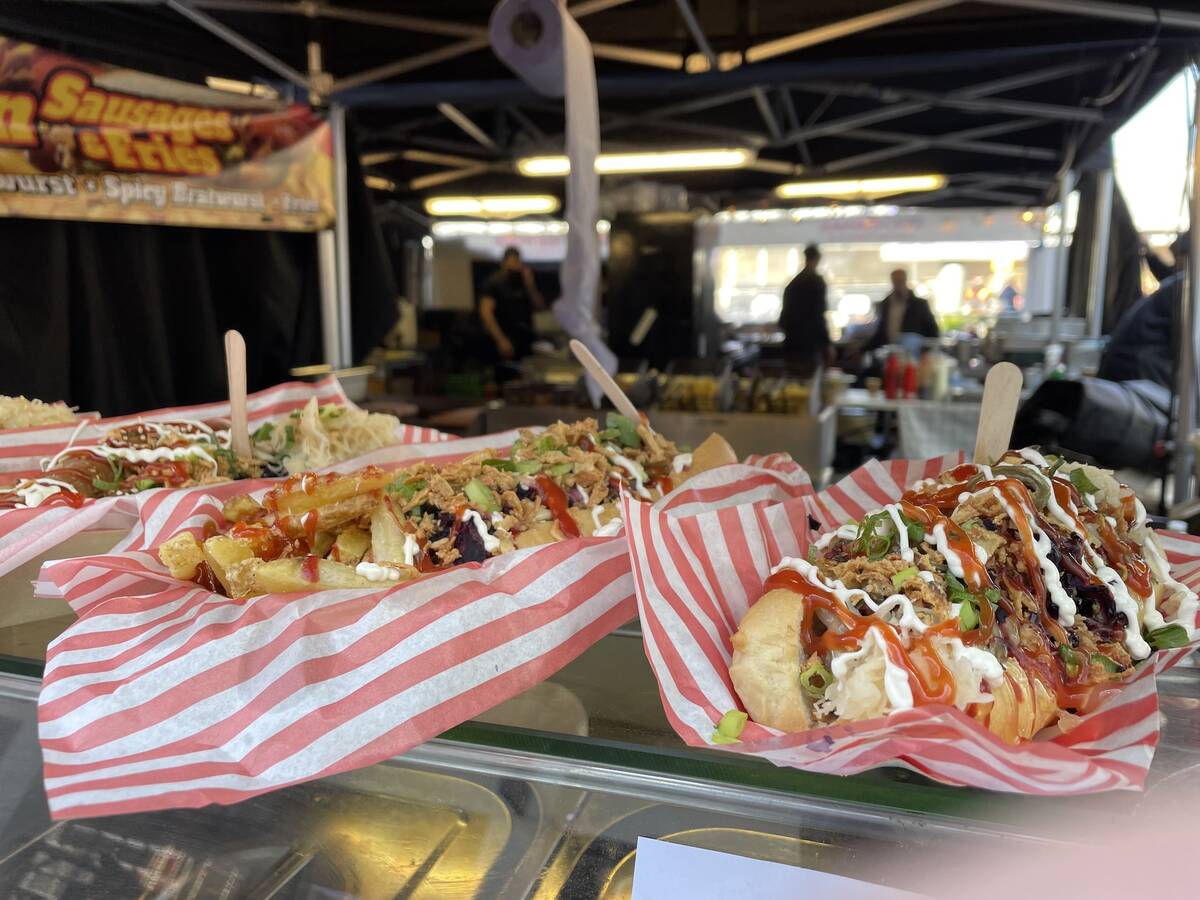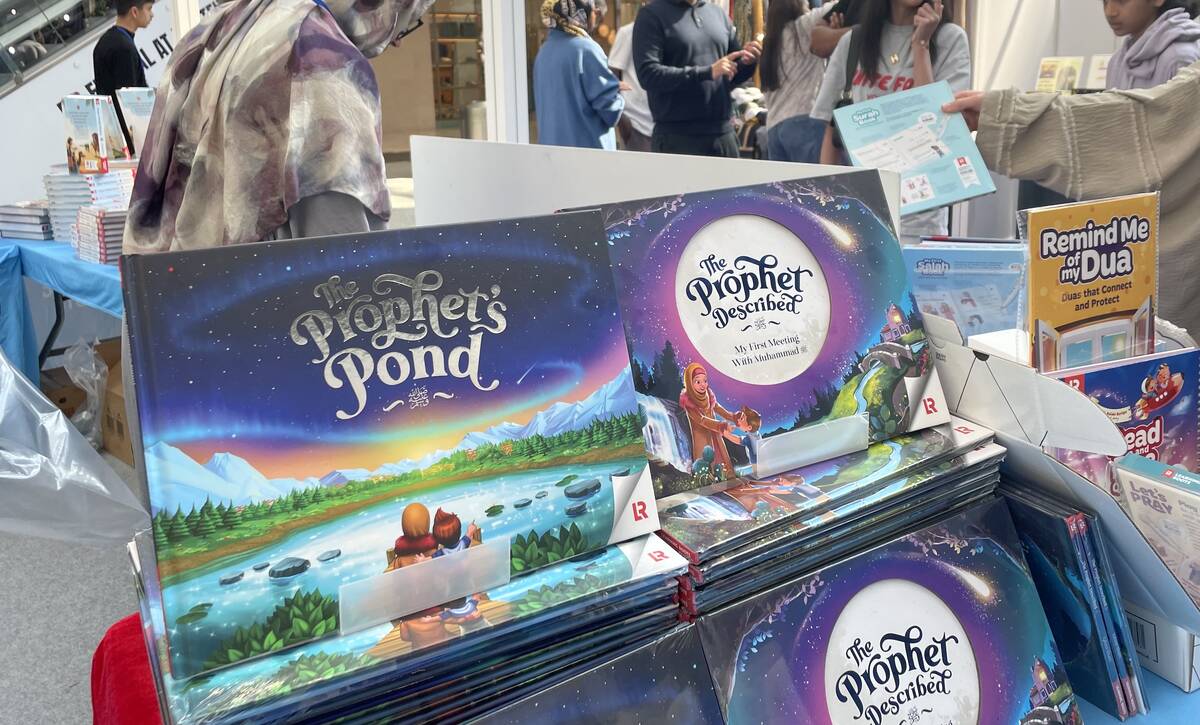SEOUL: Across from the Israeli embassy in Seoul, Lee Hyun-ah was holding a big red banner, as she stood in a lone daily protest calling for an end to Israel’s onslaught, massacres, and occupation of Palestine.
The banner, with writing in Korean, Arabic, and bold English letters reading “Stop Genocide Against Palestinians,” has appeared in front of the embassy every workday since November last year, when UN experts and international rights groups began warning that Israel’s mass killings in the Gaza Strip were unfolding into a genocidal campaign.
The one-person protests have been organized by Urgent Action by Korean Civil Society in Solidarity with Palestine, a coalition of 226 South Korean civil society organizations whose members have been volunteering to rally on specific days.
Lee, a 20-year-old student in Seoul, was taking part for the first time.
“I finally found the courage and decided to participate,” she told Arab News, recalling how she began to learn about the decades of Israeli occupation of Palestine only last year.
“I was appalled. There are fundamental virtues, ethics, and values in this world. I cannot believe one group can just attack, invade, and commit genocide. I felt compelled to act.”
Lee’s protest on Monday was the 267th lone demonstration held by Urgent Action in front of the Seoul embassy.
The coalition was established in October 2023, soon after Israel launched its war on Gaza, in which its military has since killed over 44,000 people and injured more than 100,000. The real death toll is believed to be much higher, with estimates by medical journal The Lancet indicating that, as of July, it could be more than 186,000.
The Korean civil society coalition, which includes BDS Korea — a group affiliated with the global Boycott, Divestment, and Sanctions movement — has also been organizing mass protests, film screenings, and boycott campaigns tailored specifically for South Korea.
Their efforts to raise awareness are bearing fruit, as the number of people joining is rapidly increasing. From just a handful of activists, the movement has grown significantly, with over 2,000 people participating in its Palestine solidarity rally last month.
“Our group was very small. It was about five to seven people working together. There were limitations on what we could do because it was so small,” BDS Korea leader Deng Ya-ping told Arab News.
“Before October 2023, there were very few organizations in South Korea that were acting in solidarity with Palestine ... But after forming People in Solidarity with Palestinians, more civic groups joined, and individuals unrelated to any organization have started participating as well.”
The group is advocating for a change in the South Korean government’s stance on Israel’s occupation and demanding that it stop Korean companies from selling weapons to the Israeli military.
“In July, the International Court of Justice ruled that Israel must halt its military occupation and that all nations have a responsibility to make Israel comply. So, the Korean government is also responsible ... the most obvious way to do that is to ban arms trade. That is the biggest request we have toward the Korean government,” Deng said.
“Other than that, Korea is a part of the UN Security Council. Korea voted in favor of the resolution that the US vetoed, which called for an end to the genocide and a ceasefire. Therefore, Korea should act accordingly, pressuring Israel to stop.”
The sentiment that the South Korean government is not doing enough is common among those joining Seoul protests — as is their resolve to persist, even when the embassy staff try to stop them.
While the embassy denies the claims, one of the protesters, Lee S., who has been involved in the Palestine solidarity movement since 2016, recalled its attempts to harass them.
“Sometimes embassy workers would come out during our protests to complain or try to provoke physical confrontations. But we never got into the fights. And they would systematically tear down our posters,” Lee said.
“But the South Korean civil society will continue to speak out loudly until the genocide in Gaza ends. We will not stay silent.”
One year on, daily ‘stop genocide’ protests target Israel’s embassy in Korea
https://arab.news/82ysh
One year on, daily ‘stop genocide’ protests target Israel’s embassy in Korea

- South Korea observes significant growth in the Palestine solidarity movement— Embassy protests held by members of over 200 Korean civil society organizations































